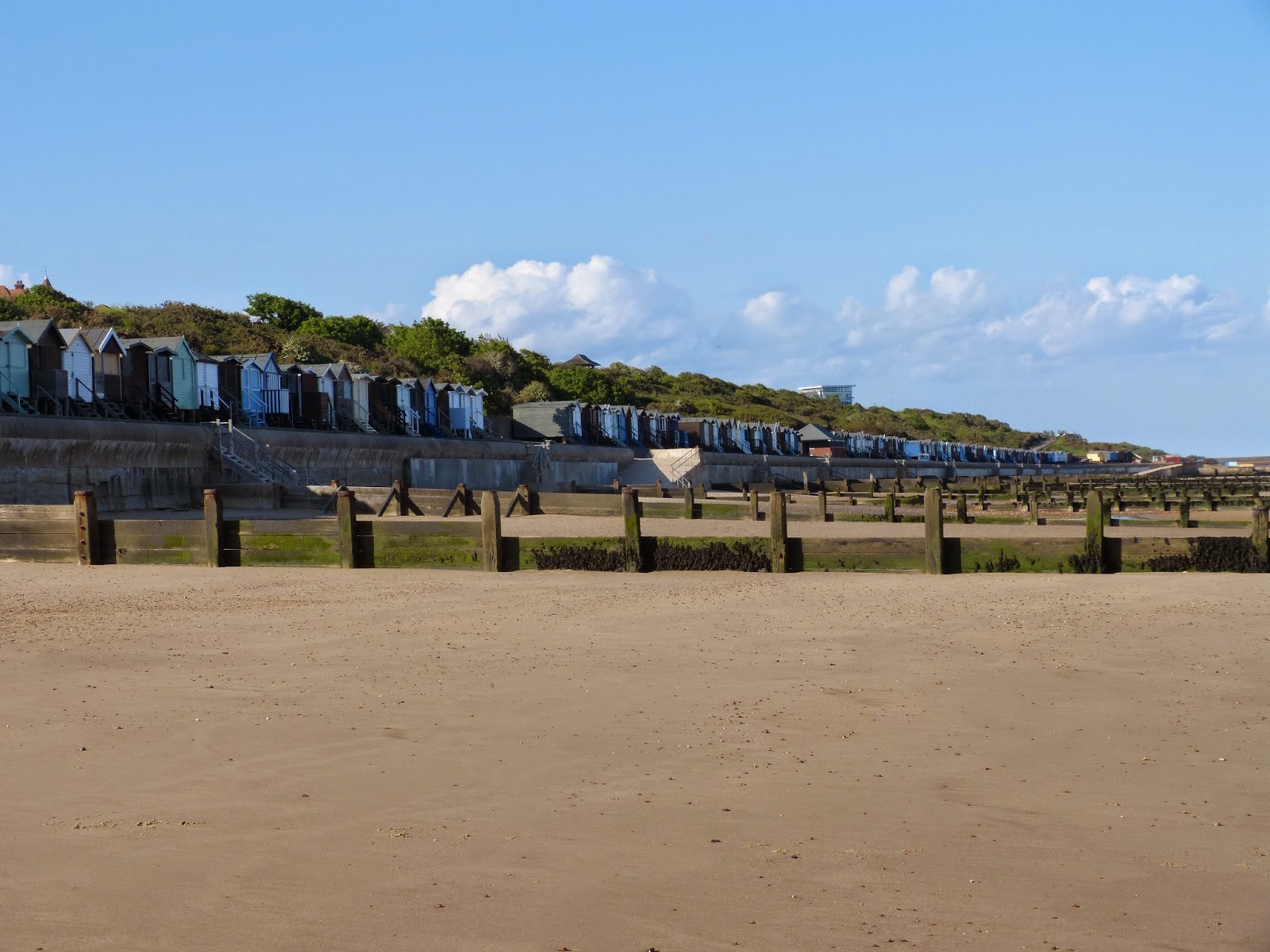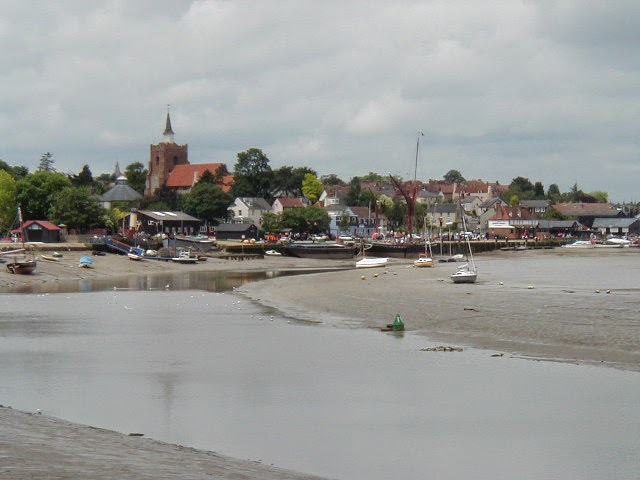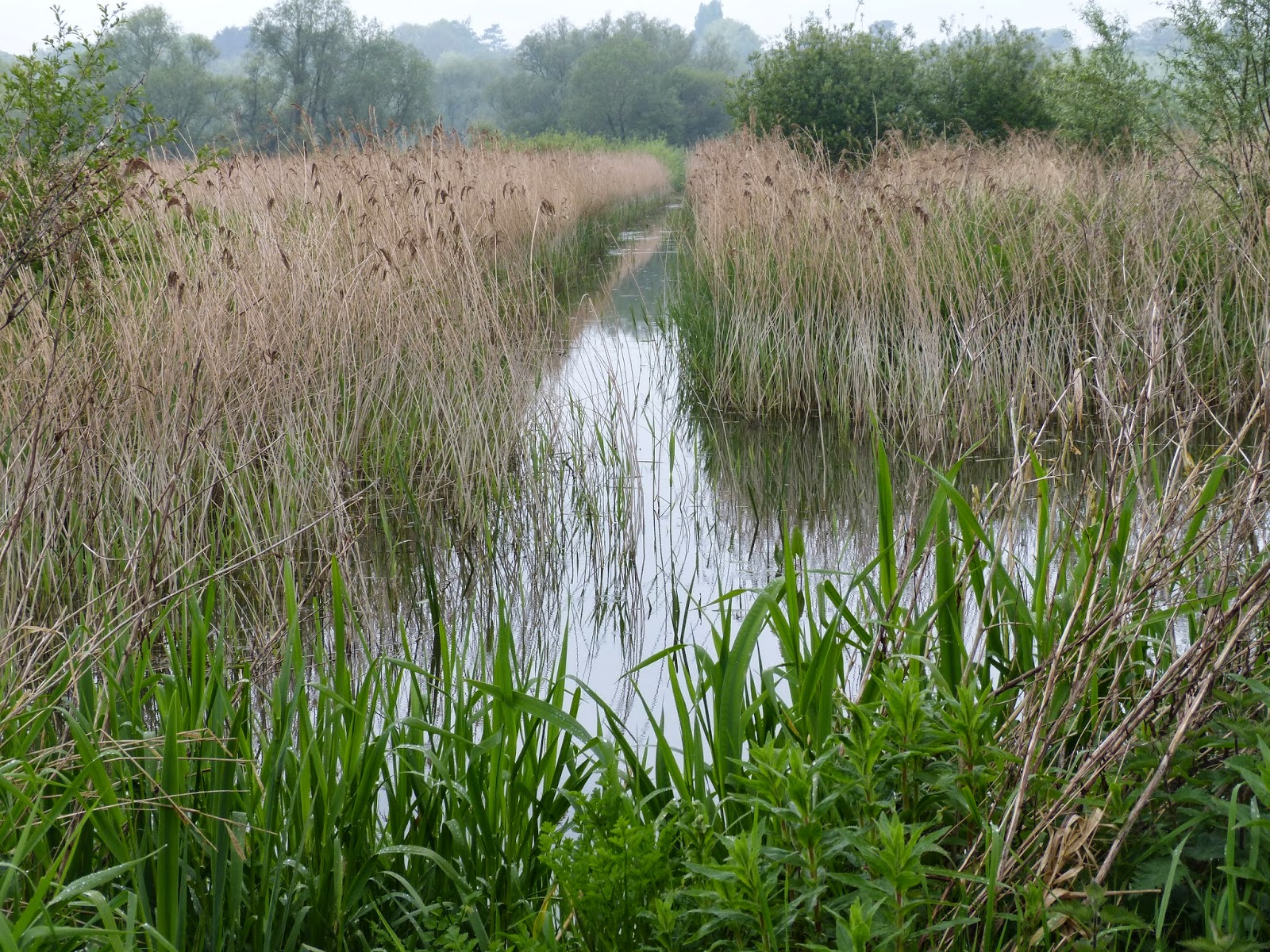Hebe came to stay for the Bank Holiday weekend. We
stayed the first night at a campsite at Robin Hood's Bay – a
popular seaside resort near Whitby - and were in the family field.
(I hadn't booked, and campsites were full, and expensive.) It was wet but not miserable: there was an
all-girls football match (aged about 5 – 14); happy campers
squabbling and laughing, putting tents up in the rain; small children
getting overtired, their parents getting over-refreshed... while the
rain lashed down on the awnings. Lots of dogs, particularly spaniels
and shitzus There was certainly enough to keep the keenest
people-watcher amused, and Hebe is as good as her mother on that
score. We went out and had excellent fish and chips in Whitby.
The next day opened to the strains of
Acker Bilk (I promise!) floating out across the site. We walked to Robin Hood's Bay, about half a mile away. It's lovely, a bit Cornish, with narrow
streets and stone steps, the tide was out and an ice cream van was
busy on the beach. I am sure small children remember a holiday like
this, crabbing and rock-pooling, just as fondly as a week in the
Mediterranean with all that entails.. Not so warm though.
 |
| Beware the mixed seafood tray! |
We had crab sandwiches for lunch in the
pub in Staithes and earmarked a cottage on the front which we would
rent for a perfect family summer holiday. This region is where the
18th century explorer and cartographer Captain James Cook
came from. He went to Staithes when he was 16 to work in a shop and
it is said that he first became entranced with the sea here. He
obviously didn't enjoy shop work.
Bank Holiday Monday on Scarborough
beach was bustling. Deckchairs and picnics, ice-creams and donkey
rides,. It's a huge sandy beach and the tide was out, perfect for
sandcastles. Vast Victorian hotels look grandly out from the
clifftop, and we had a good view from the top of the ferriswheel! I
bought a couple of crabs from a van on the front and we thought we'd
try a mixed seafood tray – £3, with a little fork. I should have
know when I saw the crabsticks - crab, lobster and prawns (they were
real, frozen) – that it was reconstituted. Seafood Spam, it all
tasted exactly the same with a dollop of Marie Rose sauce.
I felt sad seeing Hebe off on her train
from Scarborough, and headed south to Flamborough Head which I had
hurried past on my way to meet her two days before. It was wonderful,
the sun was out, the car park machine wasn't working, and the sheer
white chalk cliffs were teeming with birds – gulls, cormorants, and
puffins.
 |
| A puffin at Flamborough Head |





























